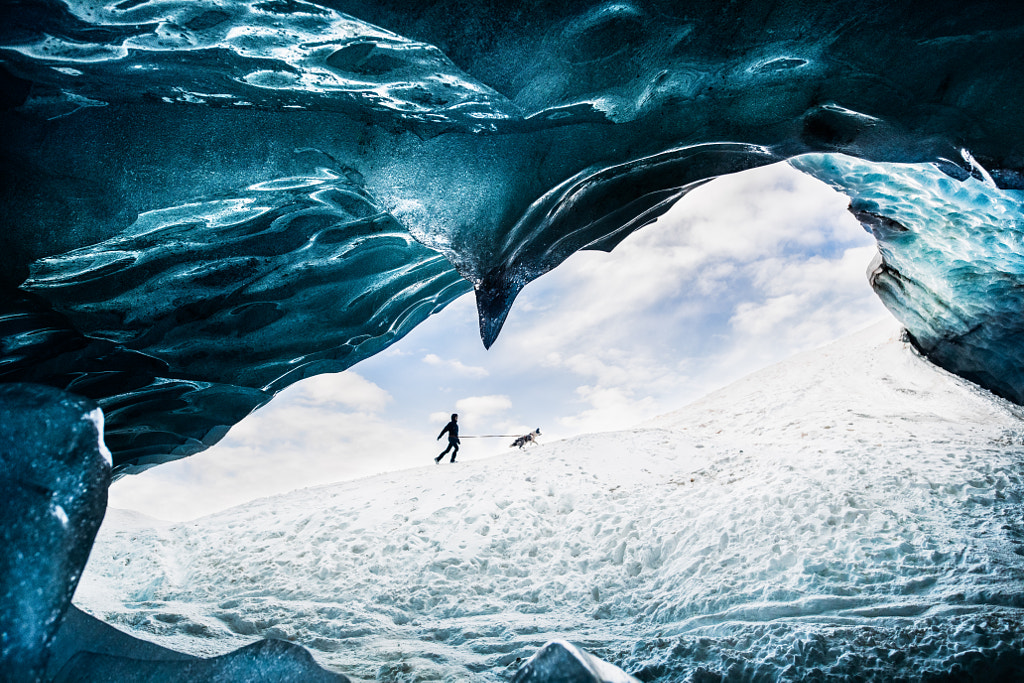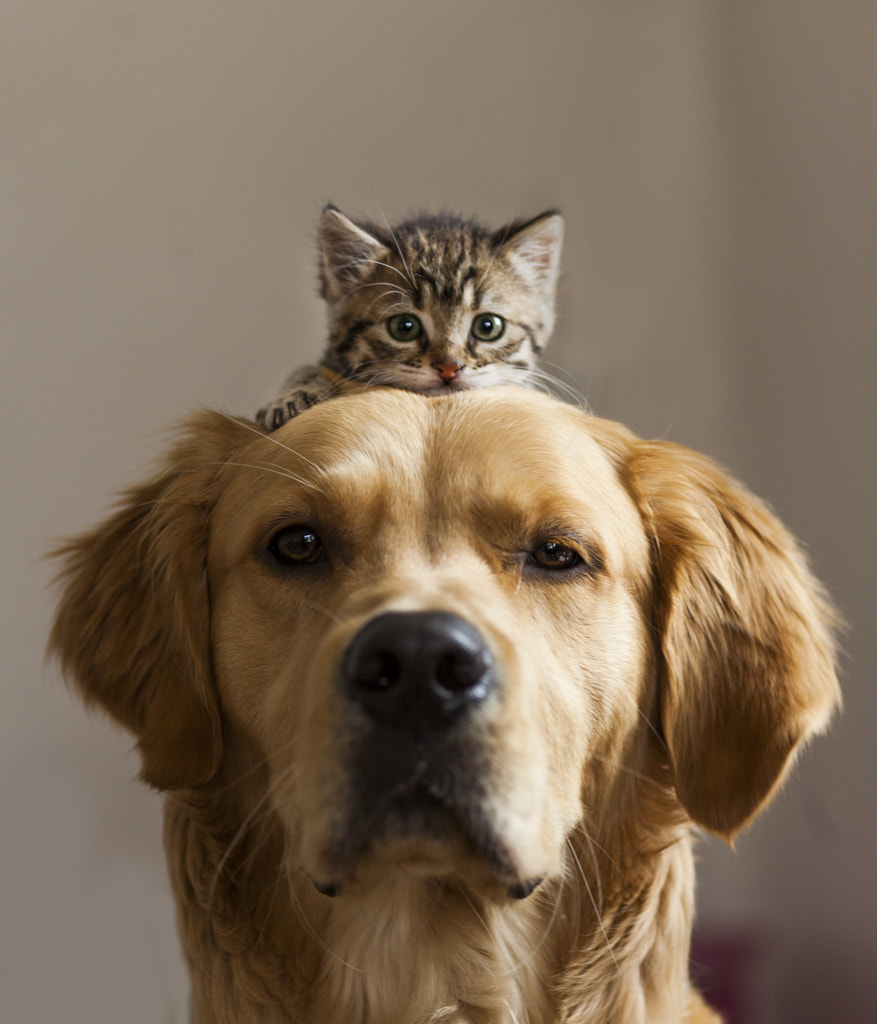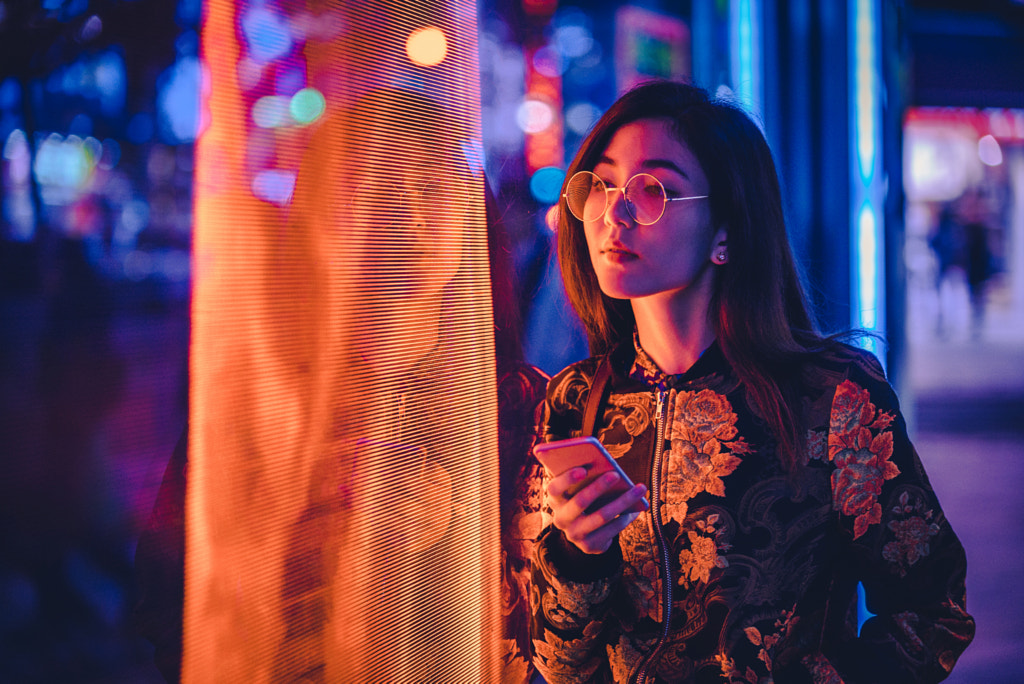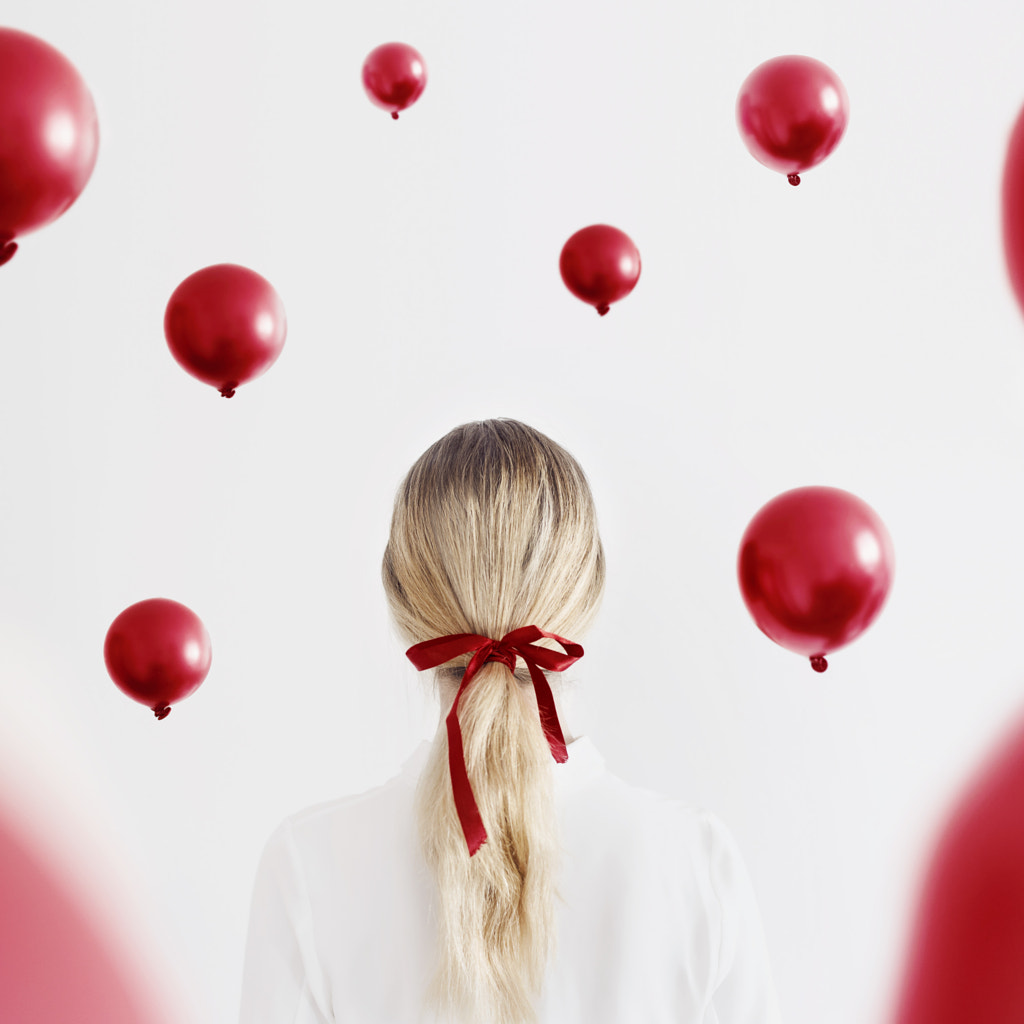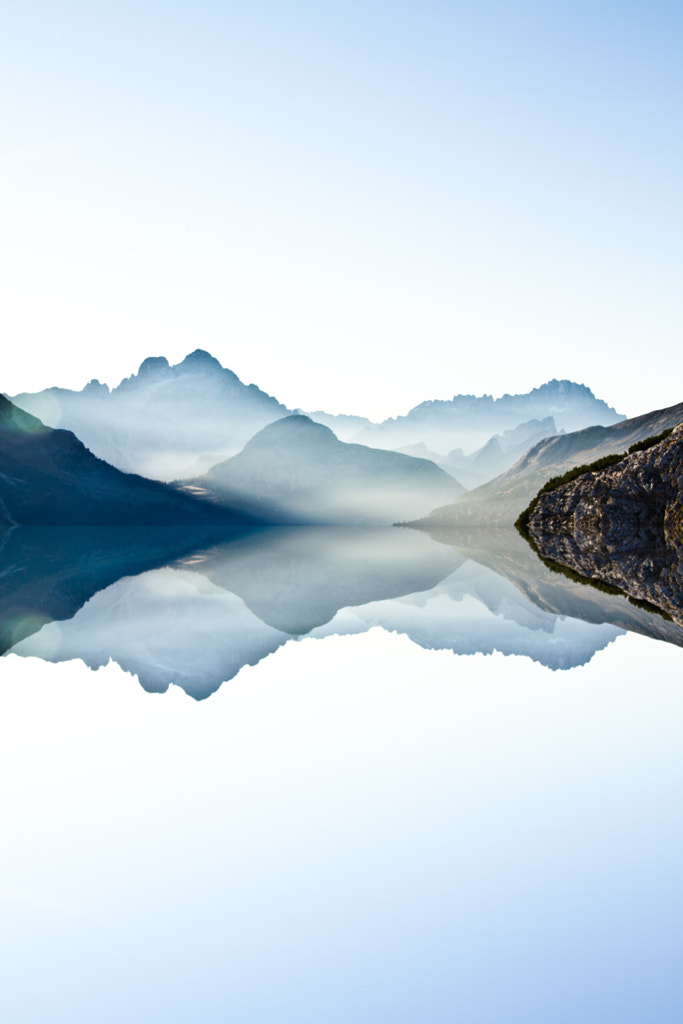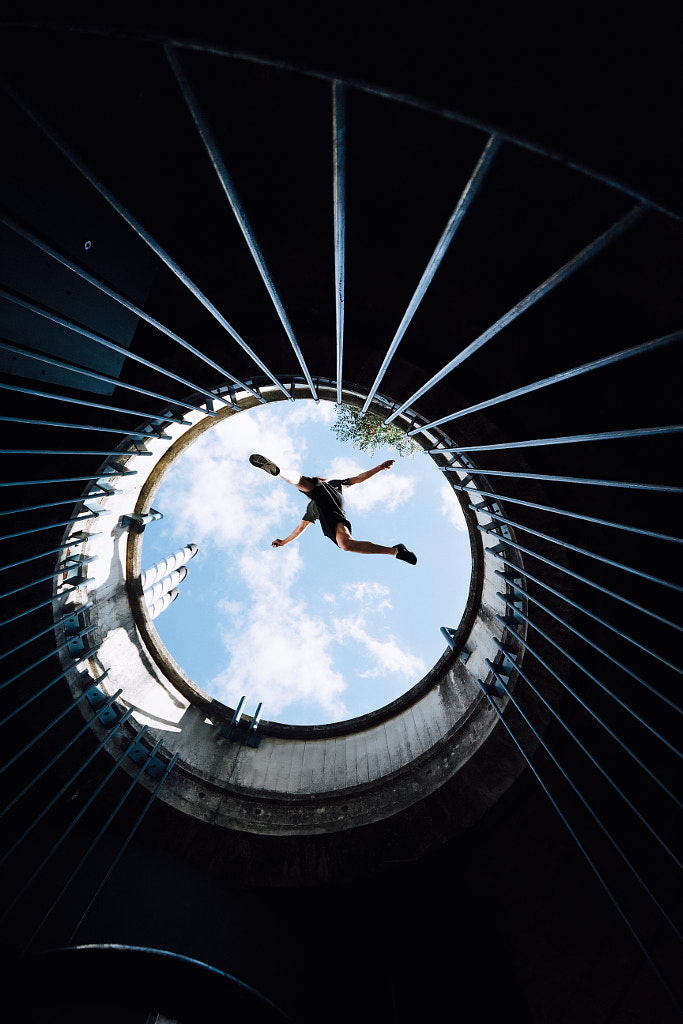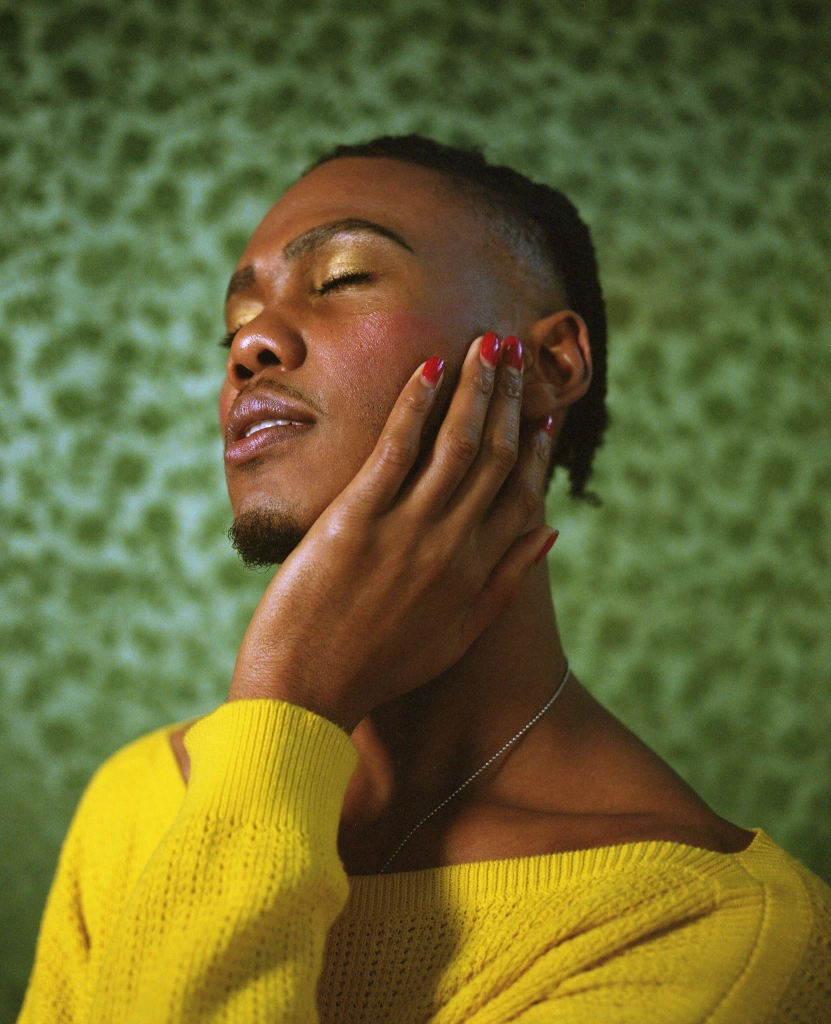As we navigate an increasingly digital world, images remain one of the most important tools for today’s marketers to connect with consumers. According to research, not only are social media posts with pictures more popular than those without, but professionally shot, high-quality photos lead to higher engagement. In 2022, brands and advertisers understand that choosing the right visuals can be the key to successful branding, elevating campaigns and catching the attention of new audiences.
Image-buyers are more discerning than ever, and the quality of commercial images has never been higher. Now is the perfect time to refresh your Licensing collection, set new goals, tackle new concepts, and attract more buyers to your portfolio. Here are nine simple but essential tips to keep in mind when planning your next photoshoot.
Stay up-to-date with trends
Our values influence visual culture, and over the last several years, some key movements have significantly reshaped the world of commercial photography. The first is sustainability, with research from Morning Consult and Stifel revealing that more than four in five consumers say it’s important for brands to focus on sustainability.
As companies work to reflect their commitment to the environment amid a growing climate crisis, some visual themes have emerged: plastic props are out, while natural, sustainability-sourced materials are in. Another theme worth exploring is technology, from online shopping to smart homes. In particular, pictures that humanize our relationships with technology through storytelling will appeal to today’s buyers.
Beyond these thematic trends, it’s good practice to watch out for aesthetic trends, such as Pantone’s color predictions. Their choice for Color of the Year 2022 is Very Peri, so we expect to see shades of periwinkle throughout the worlds of advertising and media. For more details on the trends shaping the year, check out this guide.
Add a human touch
Another movement in commercial photography has been the push toward more authenticity, with real-life scenes and candid micro-moments replacing staged or overly posed shots. Across the board, pictures with a human touch and a sense of relatability will continue to be in demand. For food photographers, that could mean including lifestyle shots of people enjoying a meal or even showing a hand reaching into the frame to grab a bite. Landscape photographers could do something similar by incorporating a human figure in a mountain scene, touching on themes like wanderlust and getting back to nature.
Note: Celebrating our furry friends can also add a touch of humor and heart to your photos. “Animals add a strong sense of relatability and help break down barriers across many audiences,” the 500px team tells us. “Whether the image features only animals or highlights our relationships with them, many times they improve the saleability of your images.”
Think outside the box
In 2021, Ashley Xu, a student at Northwestern University, went viral for a Sprite commercial she shot in her dorm room using a ring light, a desk, and bedsheets. You don’t need a massive budget to make eye-catching content that sells; you just need a creative idea and a willingness to use whatever resources you have at your disposal.
Whether it’s LEDs with fun color effect gels or a gobo that casts dynamic shadows, feel free to push the envelope and incorporate bold concepts. Maybe it’s avant-garde makeup or fresh flowers in a portrait session, or perhaps it’s thoughtful pattern and textile mixing on a still life shoot. “Being original and showcasing your creative skills will help you stand out,” the t team at 500px explains. “Marketers are always looking for creative and fresh images.”
Keep it open-ended
The best-selling photos are those that appeal to multiple clients at once, across a number of fields. For that reason, keeping your photos ambiguous or open-ended can help. Think about how your photos might apply to a number of different themes simultaneously, while also remaining universally applicable.
The above portrait by Agnieszka Pa?ko, for instance, could speak to the idea of daydreaming and the imagination, or it could reflect notions of escape and possibility. Ask yourself how many concepts or ideas could apply to your photo; the more answers you can generate, the more versatile your image will be.
One way to make your photos more ambiguous and open to interpretation is to include some anonymous shots, where the model’s identity is concealed, allowing anyone to place themselves into the scene. “Take the time to shoot your models looking partially or fully away from the camera, or try creative ways of lighting or covering the face to create anonymity,” the team suggests.
Know what to avoid
A common but easily avoided mistake we see in Licensing submissions is intellectual property issues. These include protected content like copyrighted designs, branded logos, and protected artworks, and they can often go overlooked. Before your shoot, remember to look out for any potential issues and remove them; it’ll save you a lot of time in post-production. Another mistake that can severely limit your sales potential is overediting. In commercial photography, you always want to keep your colors natural and true to life; while some color correction is usually necessary, it’s best to avoid heavy effects and filters.
Make diversity and inclusion a priority, not an afterthought
Research from Deloitte indicates that 57% of consumers are more loyal to brands that commit to addressing social inequities through their actions. 94% of Gen Zers expect companies to take a stand on important social issues, and 90% are more willing to purchase products that they see as beneficial to society. Representation is important both behind and in front of the camera, so make collaboration a priority on your commercial shoots.
Celebrate the people in your community, and show us what makes you unique. Ask your peers what they wish they saw more of in commercial advertising, and then incorporate their ideas. Champion real people and the real-life stories that inspire you. Include people of all ages, backgrounds, experiences, genders, orientations, and abilities, and welcome creative input from your models and team.
Make it timely…
When the pandemic hit in March 2020, demand for images illustrating the “new normal”—from hand-washing to social distancing—skyrocketed. While this is an extreme example, it’s good practice to stay up-to-date on the news and consider updating your shot list to reflect what’s happening in our communities. If you’re a lifestyle photographer, that could mean shooting smaller, more intimate gatherings rather than larger groups; if you’re a food photographer, maybe it means incorporating concepts like delivery and takeout into your shoots.
Photographs of everyday errands look different than they did two years ago, with grocery shoppers wearing masks and practicing social distancing, so keep those changes in mind. More people are shopping online, and some are creating small businesses and selling products out of their homes. As we mentioned before, single-use plastics have become dated, so reusable mugs, straws, and water bottles make for great props that speak to our modern era. These are all ideas that could give your photos a more timely twist, making them relevant to today’s buyers.
… but also keep it evergreen
While buyers are always looking for content that feels fresh and relevant, it’s equally important to shoot content that feels timeless and will continue to sell year after year. Timely content keeps your portfolio up-to-date, but evergreen concepts are crucial for long-term success. While brainstorming, ask yourself if clients will still be interested in your photos one, two, or five years down the road. If the answer is “no,” consider how you might lend your shoot more longevity.
Landscapes, animals, and still lives are among the themes that remain in-demand year after year. For more ideas, check out our article on evergreen subjects for your commercial portfolio. We also recommend keeping track of your sales and seeing what kinds of images are downloaded the most, no matter the season. In most cases, this is your evergreen content and should provide clues on what to shoot next. The best portfolios often include a mix of trending and timeless ideas.
Remember the basics
Of course, great photography lays the foundation for a successful portfolio. The basic rules of composition apply, so make good use of the rule of thirds, balance, symmetry, pattern, and repetition. The same holds for the rules of color theory; use the color wheel, and take advantage of complementary colors.
One test you can do to determine if your composition works is known as the “thumbnail test.” When viewing your photo as a thumbnail, does it catch your eye? Do the colors create interest, and is there enough negative space to allow the eye to wander? Incorporating breathing room or copy space is always advisable, as many buyers will want to add their own copy to your image.
Finally, make sure your pictures are top-quality, without technical mistakes like exposure problems, excessive noise, or chromatic aberrations. These are the number one reason why photos are rejected from Licensing, and they’re easy to fix with practice.
Not on 500px yet? Click here to learn about Licensing with 500px.
The post Make your Licensing photos more salable with these simple tips! appeared first on 500px.




